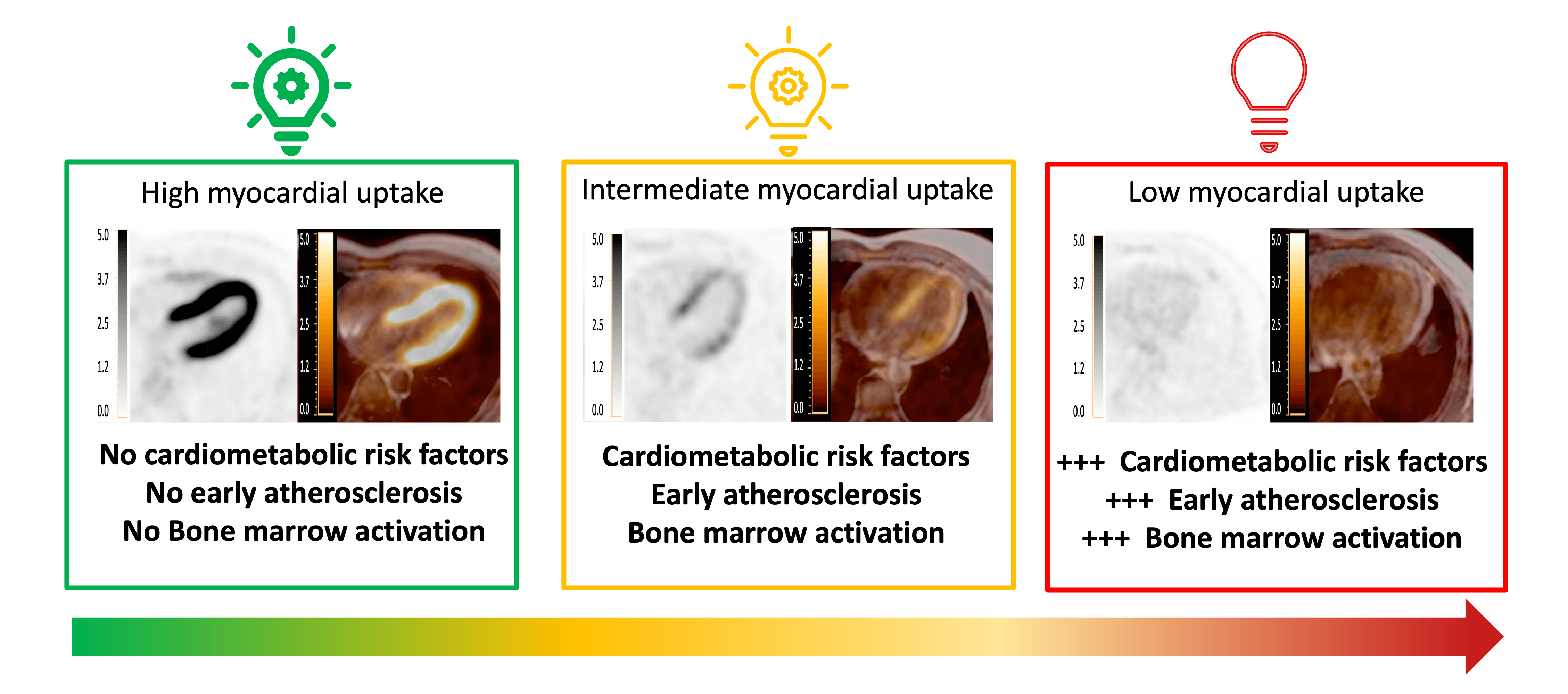News search
|
Research 23 Oct 2023 This disease, which can trigger sudden death in elite athletes, is caused by genetic mutations that affect proteins responsible for connecting and coordinating the muscle cells (myocytes) in the myocardium the heart’s muscular wall |
|
Research 2 Oct 2023 Scientists at the CNIC have discovered that metabolic cardiovascular risk factors diminish the capacity of the heart to use glucose as an energy source |
|
About the CNIC 24 Sep 2023 |
|
Research 5 Jul 2023 A multicenter study published in JAMA Cardiology and co-led by scientists at Hadassah Medical Center, Sheba Medical Center, and the CNIC could help in the design of future pharmacological treatments for bicuspid aortic valve |
|
Research 21 Jun 2023 A new CNIC study shows that low-grade systemic inflammation triggered by subcinical atherosclerosis accelerates epigenetic aging in otherwise healthy young individuals |
|
Research 29 May 2023 The new study, published in Nature Cardiovascular Research, will help to select the most effective and safe way to modulate angiogenesis in ischemic tissues or in cancer |
|
Research 24 May 2023 A study by CNIC researchers published in Nature has found that the omega-6 fatty acid gamma-linolenic acid (GLA), present in breast milk, plays an essential role in ensuring the proper functioning of the heart after birth |
|
Research 21 May 2023 The team led by Dr. Pablo García-Pavía, based at the CNIC and Hospital Puerta de Hierro, has published the first study of a drug able to remove amyloid deposits from the heart |
|
Research 3 Mar 2023 The results, published in eClinicalMedicine, have direct implications for clinical practice by providing a list of reference values for a multitude of cardiac parameters used in daily practice |
|
Research 23 Dec 2022 A study published in Nature Cell Biology confirms that caveolae are essential for the mechanical responses of tissues subject to large mechanical forces (such as muscle, heart, blood vessels, and fat), whereas larger membrane depressions (termed 'dolines') are important for the response to weak or medium-strength forces |
- ‹ previous
- 3 of 8
- next ›
















